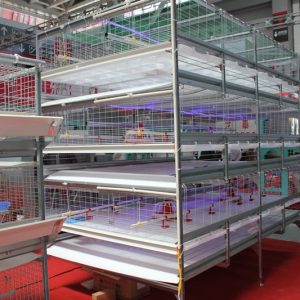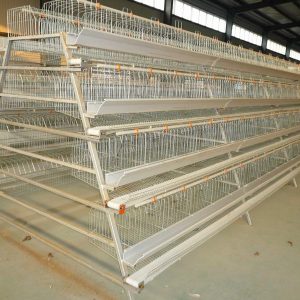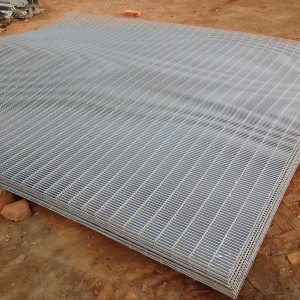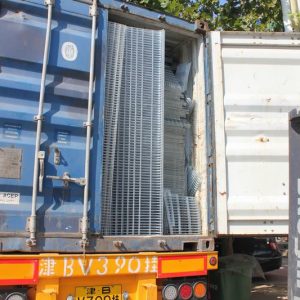
Tell me more about which flocks are suitable for moulting?
In the process of chicken production, in order to extend the use period of laying hens, some farmers will force the birds to moult. Forced moulting is a process that uses hormones to forcefully change the physiological state and stage of the chicken. It can strongly stimulate the chicken’s body organs and reproductive system, so as to achieve a series of transition stages such as suspension, moulting, and rest in a short period of time, and then resume egg production and improve egg quality. But not all chickens need to be forced to moult. In addition, there are many details of forced moult that need to be fully grasped by the chicken farmers to avoid the process failure and affect the economic benefits.
Flocks suitable for forced moulting
1. The flock has a high average egg production rate and survival rate in the first year, and the flock is well-ordered. Those with continued use value can take mandatory moulting measures and continue to use it in the second year.
2. High-priced breeding chickens imported from abroad, such as the high-yield matching line of great-grandfather, grandfather and parental chickens, due to the high cost of introduction, in order to save breeding costs, forced moulting measures can be taken to extend their use period.
3. When the price of eggs in the market is high, and the supply of goods is tight, and the price of eggs is on the rise, compulsory moulting of chickens and continued breeding can increase income faster and achieve better market returns.
4. Major diseases occurred during the brooding and rearing stages of the flock, resulting in back-off flocks or tight supply of chicks. In order to make full use of the chicken coop and increase income, it is necessary to retain old flocks, and these mobs can be forced to moult.
5. In order to reduce the cost of breeding chickens, some large chicken farms plan to select and retain some high-yielding chickens and continue to use them. At this time, the birds can be forced to moult. In addition, the breeding center purposefully selects high-yielding chickens for breeding, and can continue to adopt compulsory moulting measures for the chickens when continuing breeding.
Matters needing attention
1. Season and flock health are the first, not economic factors. In terms of seasons, compulsory moulting should be selected when autumn and winter alternate, because this is consistent with the natural moulting season, and it is not suitable for midsummer and severe winter. The summer weather is hot, and it is a sickly season. If you forcefully change the growth pattern of chickens, it is easy to cause disease infection due to decreased immunity or stress. In winter, when the temperature is low, the feathers of chickens fall off and lose their heat preservation and protection. If the chickens are out of season, you really need to moult in the summer or winter. It should be noted that the water cut-off time in summer should be short, and the hunger in winter should not be too long. For the moulting season, autumn and winter are the best, and winter is better than summer.
2. Control temperature and light. The temperature in the chicken house should be maintained between 15 and 20°C. When forced moulting is performed in the cold season, the normal body heat will gradually decrease because the flock needs to restrict feeding. At this time, it is necessary to combine control ventilation and increase auxiliary heat to maintain the temperature and air quality in the house. The temperature in the house should be maintained during the recovery feeding period to increase the rate of weight recovery. When the flock reaches 50% egg production rate, the feathers will be enough to maintain body temperature, and the temperature in the house can be appropriately reduced. In addition, pay attention to the time and intensity of light. The closed house should be kept at 8 to 10 hours per day. The open house should use natural light, but it should be shielded as much as possible to reduce the light intensity. Generally, it is within 20 days after the forced moult The light time cannot be increased.
3. It is necessary to grasp the time of material and water cut. Generally, the material cut-off time should be 10-12 days, and the water cut-off time should not exceed 3 days. The hunger time is too short to achieve the purpose of stopping production and moulting; the hunger time is too long, the mortality rate of the flock increases, and the chicken’s physique is also greatly damaged. The specific situation needs to be adjusted according to the season and the body condition of the chicken.
4. Pay attention to control weight and mortality. During the moulting period, the weight of the chicken is reduced due to feed restriction, but it must be kept in a normal range. It is generally moderately reduced by 25% to 35% compared to before the moult. This needs to be from the 5th day after the feed restriction. Weighing at the same time, here refers to the spring and autumn seasons, if it is in winter, from the third day, summer from the seventh day. At the same time, pay attention to the changes in flock mortality. It is generally believed that the flock mortality should not exceed 1% in the first week, and should not exceed 1.5% in the first 10 days; more than 2.5% in the first 5 weeks and more than 3% in 8 weeks are not allowed of.
5. Ensure nutrition during the moult. Since the chickens are hungry for a long time, the digestive function is weakened. Therefore, after the feed restriction is over, the feed should be softened. Before egg production is resumed, feed that promotes feather growth, muscle development, and reproductive function must be fed. When the egg production rate reaches more than 50%, the same nutritional standard as that of the laying hens should be applied so that each chicken can be ingested daily Sulfur-containing amino acids up to 610 mg to help control egg weight.
6. Forced moulting of males will affect fertilization rate, so the forced moulting system is not suitable for males. Hens cannot be forced to moult continuously, and hens that have undergone forced moulting should be eliminated within 6 months from the 50% egg production rate. The quality of the product has deteriorated significantly.



